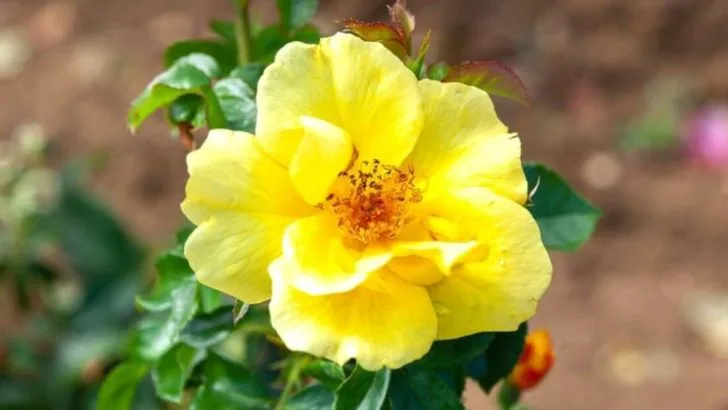Some plants have an incredible ability to defy the odds, thriving in conditions where most others would struggle—or even die. Whether it’s rocky landscapes, salty soil, deep shade, or extreme drought, these resilient species have adapted to grow in the most unexpected places.
In this article, we explore 22 plants you can grow in places they shouldn’t survive. From desert flowers that bloom with barely any water to trees that cling to cliffsides, these botanical wonders prove that nature always finds a way. If you’re struggling with a difficult growing spot, these tough plants might just be the perfect solution!
Cactus in Humid Climate
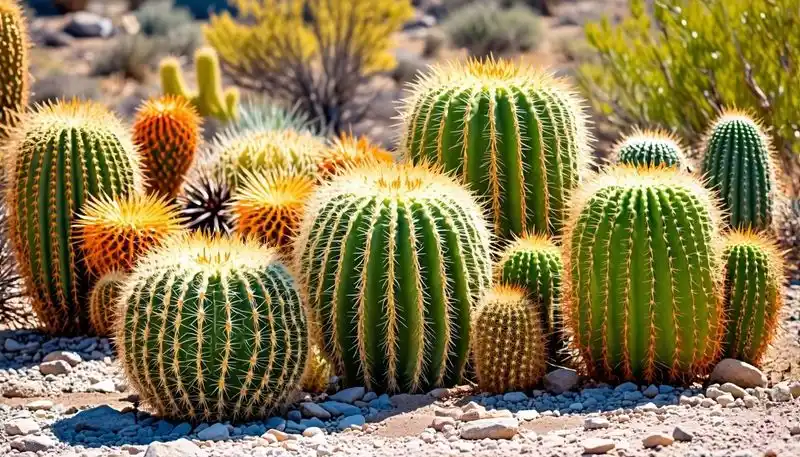
Cacti are typically associated with arid desert landscapes, but they can surprisingly thrive in humid climates. Although accustomed to dry conditions, certain adaptations allow them to flourish in moisture-rich environments. To achieve this, opt for well-draining soil that prevents root rot and ensures proper air circulation. Additionally, place them in a spot that receives ample sunlight to mimic their natural habitat. Regular pruning will help maintain their shape and encourage healthy growth. With these adjustments, your cactus can become a stunning focal point in unexpected surroundings.
Olive Tree Indoors
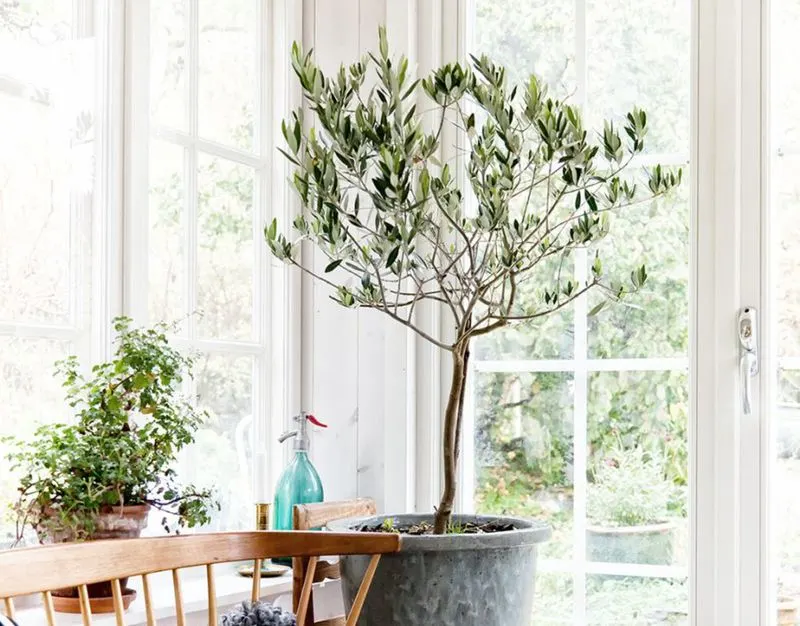
Olive trees, usually found basking under the Mediterranean sun, can also make charming indoor companions. Their ability to adapt to indoor conditions lies in their resilience and low water requirements. Position your olive tree near a south-facing window to provide the sunlight it craves. Ensure the pot has good drainage to prevent water accumulation. Occasionally mist the leaves to replicate a more humid environment. With the right care, your indoor olive tree will reward you with its silvery foliage and maybe even some olives.
Bamboo in Cold Regions
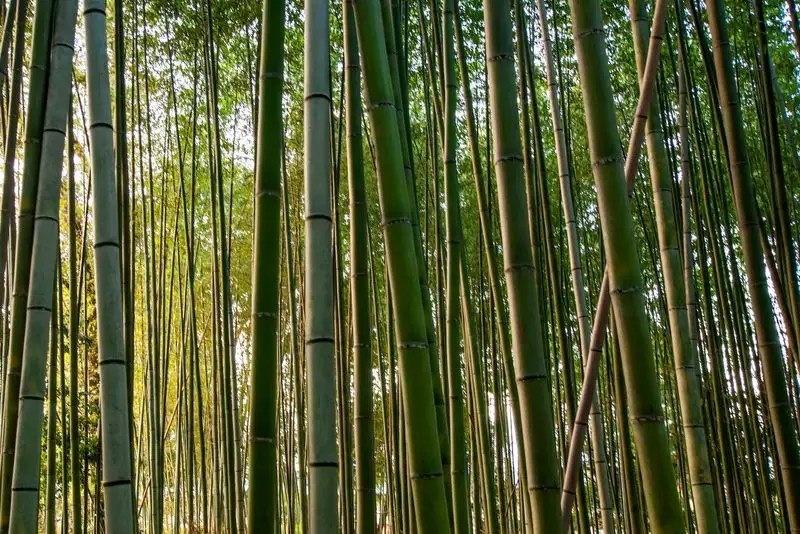
Bamboo’s rapid growth and lush appearance often conjure images of tropical climates, but certain species can brave colder regions too. Hardy bamboo varieties like Fargesia can withstand freezing temperatures. Plant them in a location that offers protection from harsh winds and ensure the soil is well-draining. Mulching the base can provide extra insulation during frosty months. Despite the chill, your bamboo will remain a vibrant testament to nature’s adaptability, creating a green haven even amidst winter’s grasp.
Lavender in Tropical Areas
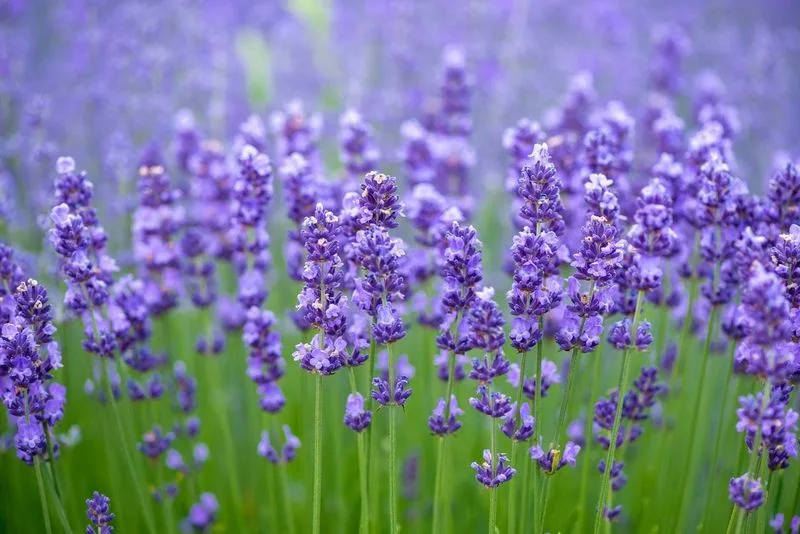
Lavender is synonymous with Mediterranean landscapes, yet it can be nurtured in tropical regions with some planning. Well-draining soil is crucial to prevent waterlogged roots. Choose a sunny spot with good air circulation to mimic its native environment. Regular pruning encourages bushy growth and prevents legginess. While the climate may differ, the enchanting aroma and calming presence of lavender can still be enjoyed. With careful attention, it will thrive, adding a touch of Provence to your tropical garden.
Pineapple in Cooler Climates
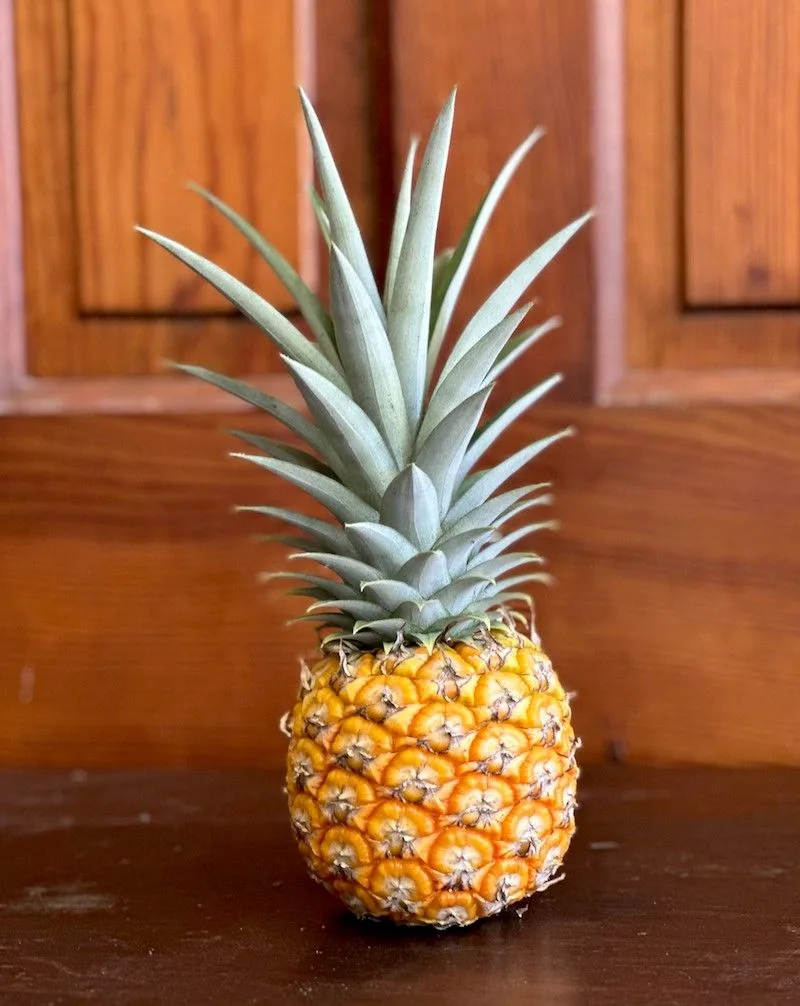
Pineapples, typically found in sunny tropical locales, can also be cultivated in cooler climates with some care. Start with a healthy pineapple crown and plant it in a pot with well-draining soil. Place the pot in a sunny location and maintain a temperature above 60°F. Water sparingly to prevent root rot and ensure humidity levels are balanced. Over time, your pineapple plant will grow sturdy and may even yield fruit, bringing an exotic touch to your garden.
Palm Trees in Cold Weather
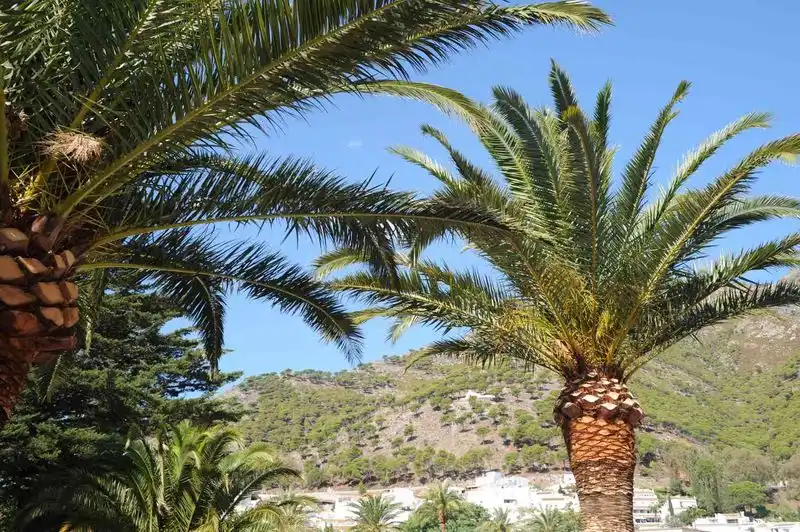
While palm trees evoke images of sun-drenched beaches, certain varieties can withstand cold weather. Hardy palms like the Windmill Palm are well-suited for cooler regions. Plant them in a sheltered location to protect from harsh winds. Adequate mulching around the base helps insulate roots during freezing temperatures. Although snow may blanket them, these palms maintain their tropical allure, transforming chilly gardens into exotic retreats.
Banana Plants Indoors
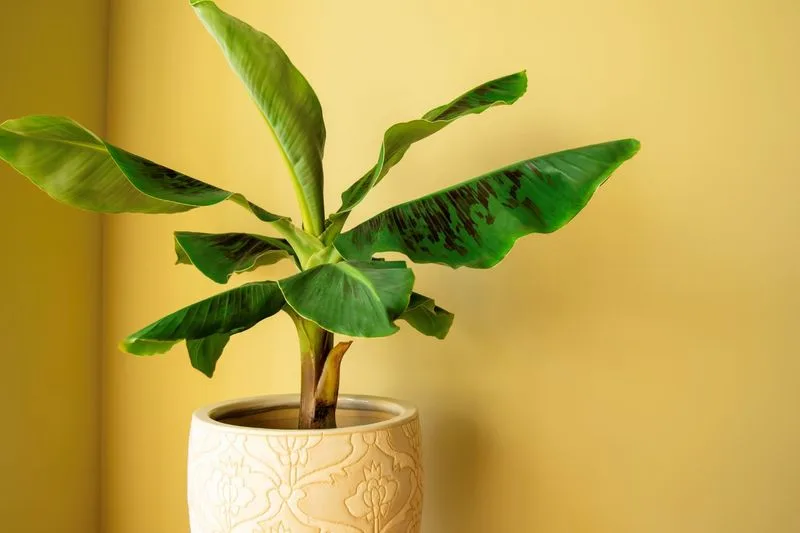
Banana plants, with their broad leaves and tropical vibe, can be grown indoors with some dedication. Choose a dwarf variety that suits indoor spaces and pot it in a container with good drainage. Place the pot in a warm, sunny spot and maintain a humid environment by misting the leaves regularly. Consistent care will see your banana plant flourish, adding a bold, tropical touch to your home decor with its lush foliage.
Roses in Desert Climates
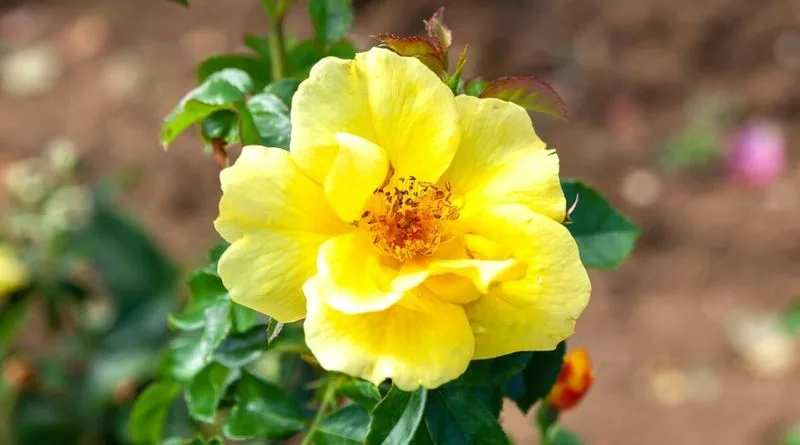
Roses, often thriving in temperate climates, can also blossom in arid desert regions with proper care. Opt for drought-tolerant varieties like the Desert Rose, and plant them in well-draining soil to prevent water retention. Mulching helps retain moisture and protect the roots from extreme heat. Although the conditions are starkly different, roses can still unfurl their vibrant petals, adding elegance and color to the desert landscape.
Citrus Trees in Snowy Areas
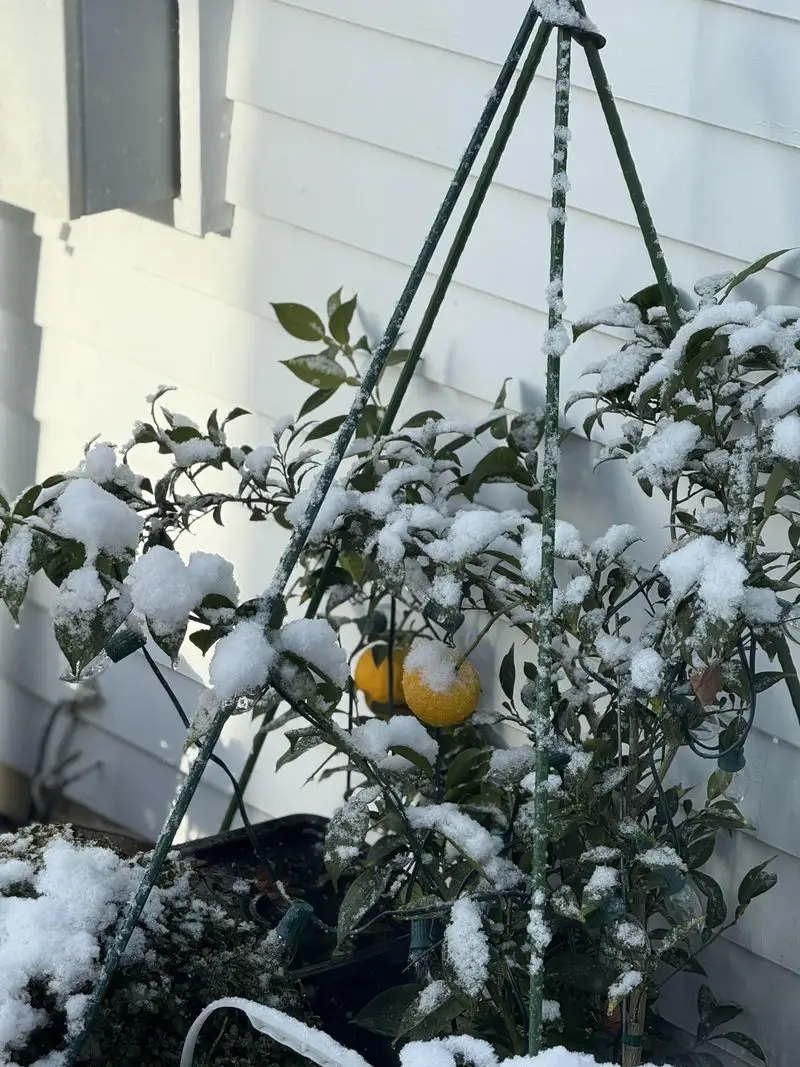
Citrus trees, typically sun-loving, can also thrive in snowy areas with a few adjustments. Plant them in containers for easy mobility indoors during harsh winters. Ensure they receive ample sunlight and maintain a temperature above 50°F. When outdoors, a thick layer of mulch around the base provides insulation. Despite the frigid backdrop, these trees can bear juicy fruits, offering a refreshing taste of the tropics against a wintery scene.
Succulents in Wet Climates
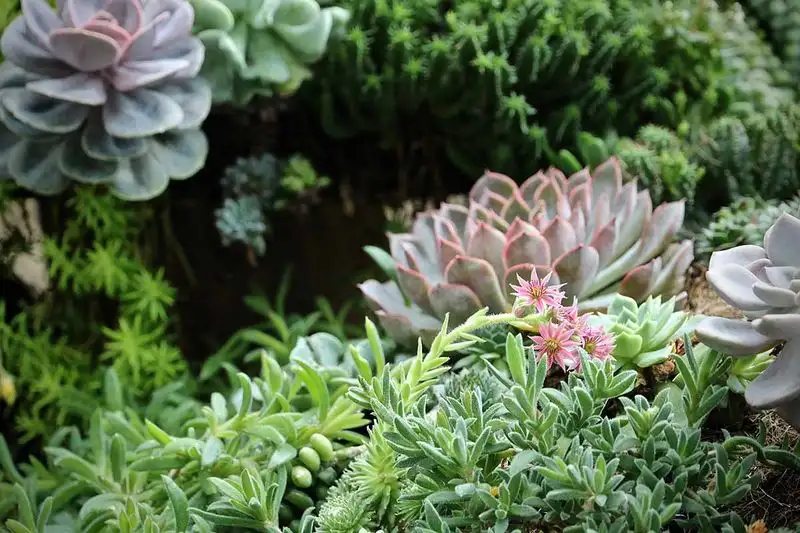
Succulents, known for their drought resistance, can be cultivated in wet climates with strategic care. Ensure they’re planted in well-draining soil to prevent root rot. Position them in areas with good airflow and ample sunlight. Elevating pots or creating raised beds can enhance drainage. Despite the rain, succulents will maintain their vibrant colors and unique forms, proving that with the right conditions, they can thrive anywhere.
Ferns in Arid Zones
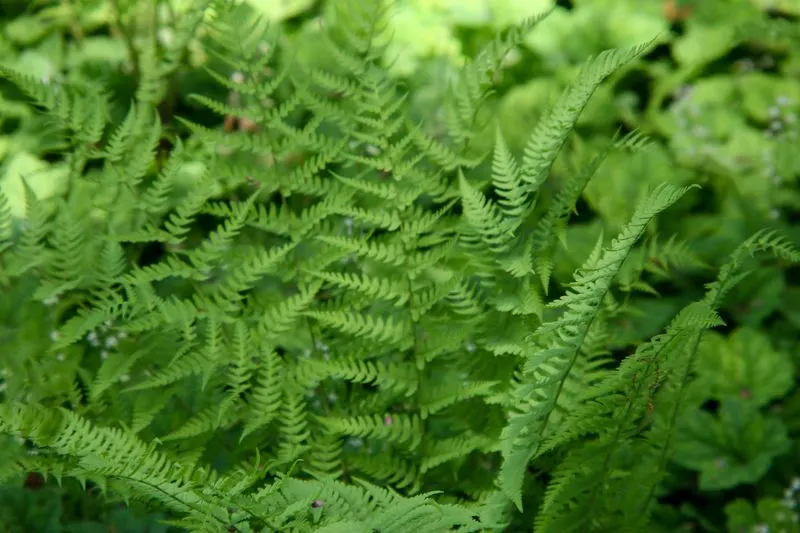
Ferns, with their love for moist environments, can surprisingly adapt to arid zones with some adjustments. Focus on planting drought-tolerant species like the Desert Fern. Provide shade and enrich the soil with organic matter to retain moisture. Regular misting replicates humidity, allowing ferns to flourish even where water is scarce. Their delicate fronds offer a refreshing contrast to dry surroundings, showcasing nature’s remarkable adaptability.
Tomatoes in Cold Climates
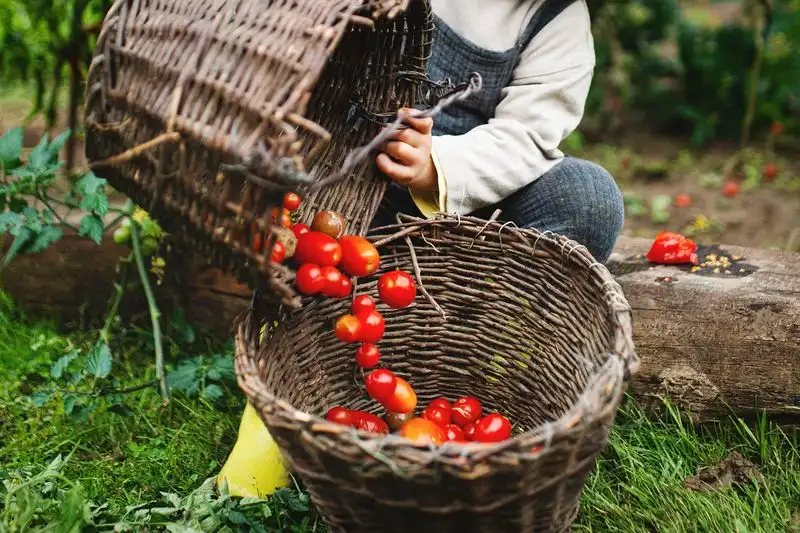
Tomatoes, synonymous with warm gardens, can also thrive in cold climates with thoughtful planning. Choose cold-tolerant varieties and start seeds indoors to give them a head start. Use row covers or cloches to protect young plants from frost. As they grow, regular pruning encourages air circulation and prevents disease. Despite the chilly conditions, tomatoes can still offer bountiful harvests, lending their vibrant flavors to your culinary endeavors.
Lavender in Cold Climates

Usually associated with warmer regions, lavender can also thrive in cold climates with the right care. Varieties like ‘Hidcote’ are particularly hardy. Plant them in well-draining soil and ensure they receive full sun. Mulching around the base provides extra insulation during the winter months. Despite the chill, the soothing scent of lavender will persist, offering a fragrant respite even in the coldest gardens.
Herbs in Shaded Areas
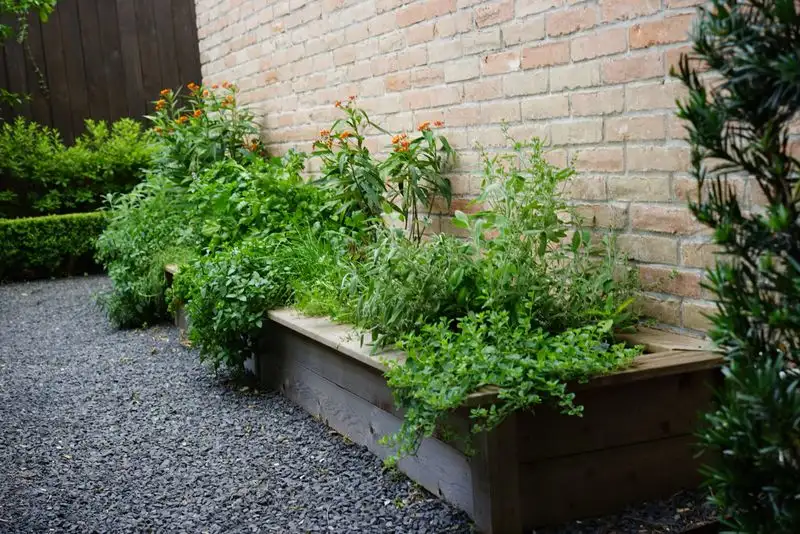
Herb gardens typically bask in sunlight, but they can also flourish in shaded areas. Opt for shade-tolerant herbs like mint, chives, and parsley. Enrich the soil with organic matter to ensure nutrients are readily available. While sunlight is limited, regular watering and careful placement maximize growth potential. A shaded herb garden adds diversity to your culinary options, providing fresh flavors even without full sun exposure.
Peppers in Cool Climates
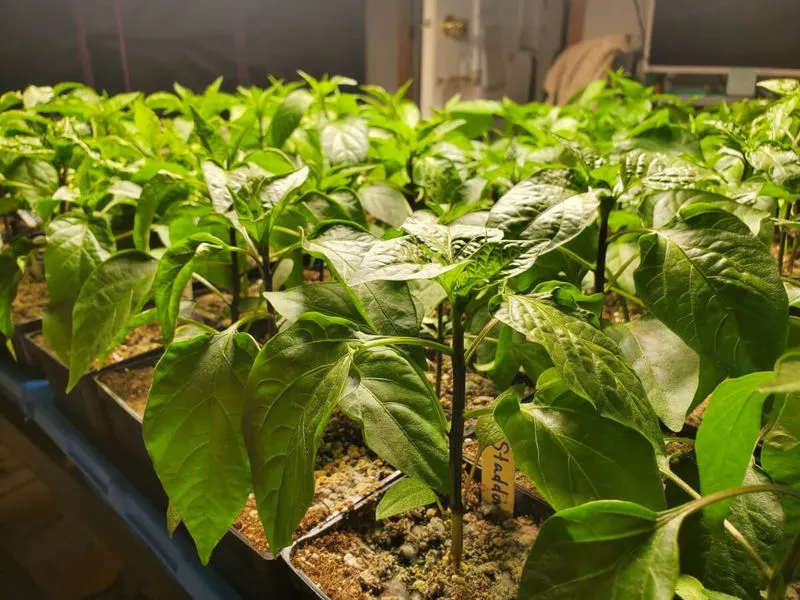
Peppers, often associated with warmth, can be successfully grown in cool climates with the right approach. Choose varieties suited for cooler conditions and start seeds indoors to get a head start. Use cloches or row covers to protect the young plants from unexpected frosts. While the temperatures may be lower, peppers can still thrive, offering a colorful and spicy addition to your meals.
Aloe Vera in Cold Regions
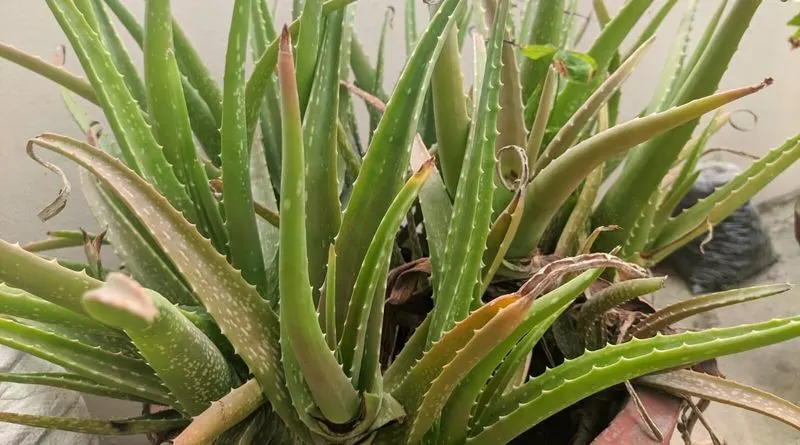
Aloe vera, typically a warm-weather plant, can be grown in cold regions with thoughtful care. Plant it in containers for mobility, allowing easy indoor relocation during frosty periods. Ensure the soil is well-draining and place the plant in a sunny spot. Occasionally, misting the leaves can replicate a more humid environment. Despite the cold, aloe vera can retain its vigorous growth, offering its soothing gel for use throughout the seasons.
Orchids in Arid Zones
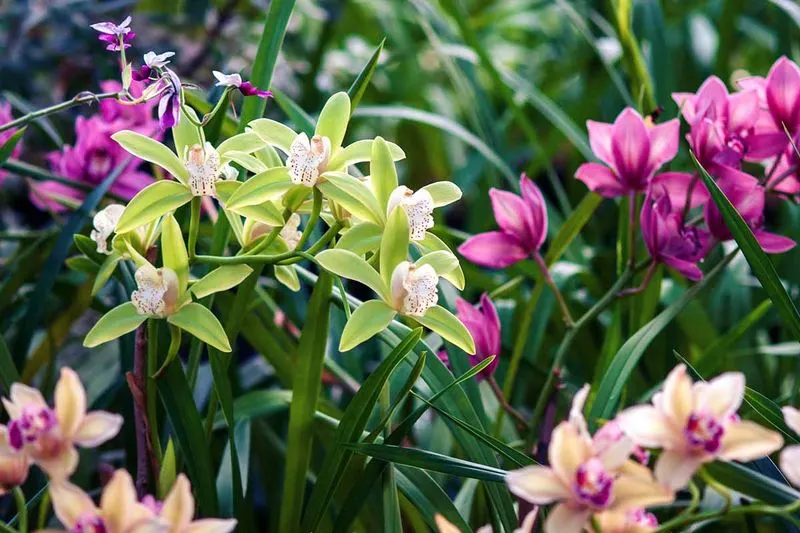
Orchids, often associated with humidity, can adapt to arid zones with careful adjustments. Choose drought-tolerant orchid species and ensure they are planted in well-aerated soil. Provide shade and mist the leaves regularly to mimic a humid atmosphere. With patience and attention, orchids can flourish, displaying their exotic blooms even in the most unlikely of environments.
Blueberries in Tropical Areas

Blueberries, typically grown in cooler climates, can also be nurtured in tropical regions. Select low-chill varieties and plant them in well-draining, acidic soil. Position the bushes to receive morning sunlight and provide shade during the hottest part of the day. Regular watering is essential, but avoid waterlogging. With these conditions met, blueberries can thrive, offering their sweet and tangy berries in a tropical paradise.
Kiwi Vines in Cold Areas

Kiwi vines, generally associated with warmer climates, can be grown in cold areas with careful selection of hardy varieties. Plant them in a sunny, sheltered location and ensure the soil is well-draining. Prune the vines regularly to promote healthy growth and fruit production. Despite the cold, kiwi vines can yield an abundant harvest, adding an exotic touch to your garden.
Lemons in Snowy Regions

Lemon trees, typically sun-loving, can also be cultivated in snowy regions with thoughtful care. Plant them in containers for easy indoor relocation during winter months. Ensure they receive ample sunlight and maintain a temperature above 50°F. Outdoor placement requires mulching around the base for insulation. Even against a wintry backdrop, lemon trees can bear their bright, zesty fruits, providing a citrusy contrast to the snow.
Grapes in High Altitudes
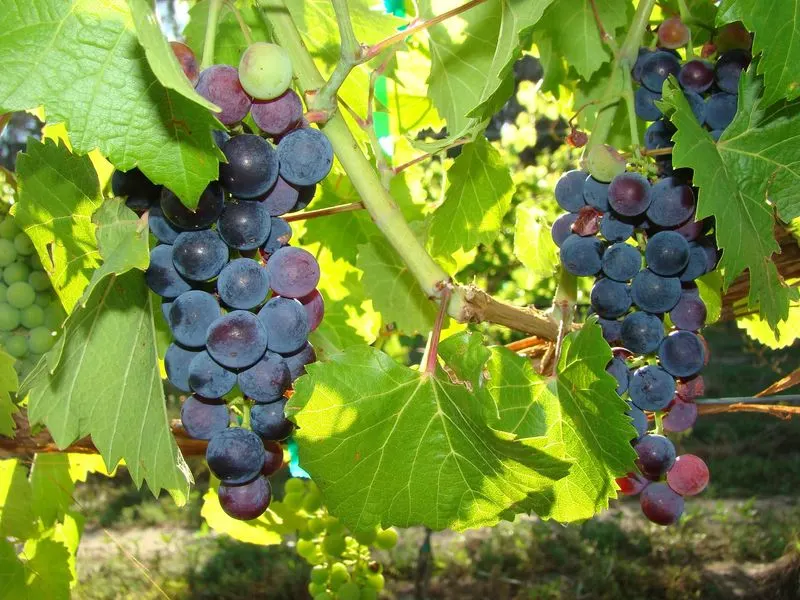
Grapes, often associated with warmer, lowland regions, can be successfully grown at high altitudes. Opt for cold-hardy varieties and plant them in well-draining soil that receives ample sunlight. Construct trellises to support climbing growth and protect the vines from strong winds. Despite the elevation, grapes can yield rich harvests, contributing to the unique flavors of high-altitude wines.
Fig Trees in Cold Weather
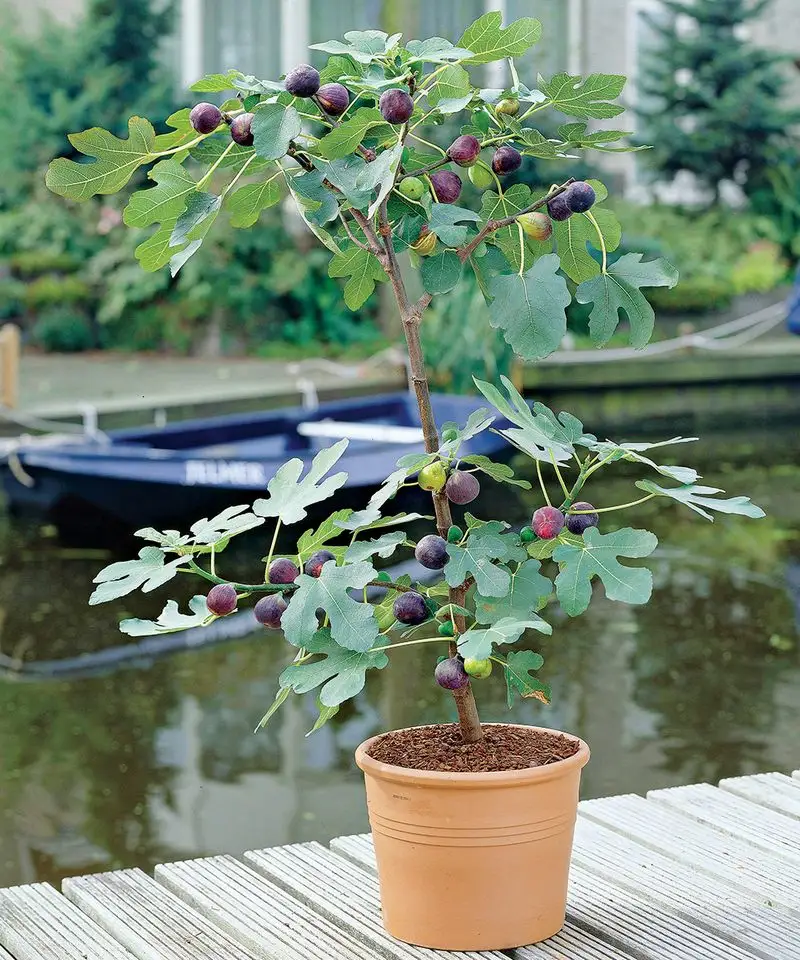
Fig trees, known for their warmth-loving nature, can also thrive in cold weather with the right preparation. Choose hardy varieties and plant them in a sheltered spot. Use mulch to insulate the roots during winter months. As long as the soil drains well and they receive sufficient sunlight, fig trees can produce sweet, luscious fruits, defying the challenges of a chilly climate.

